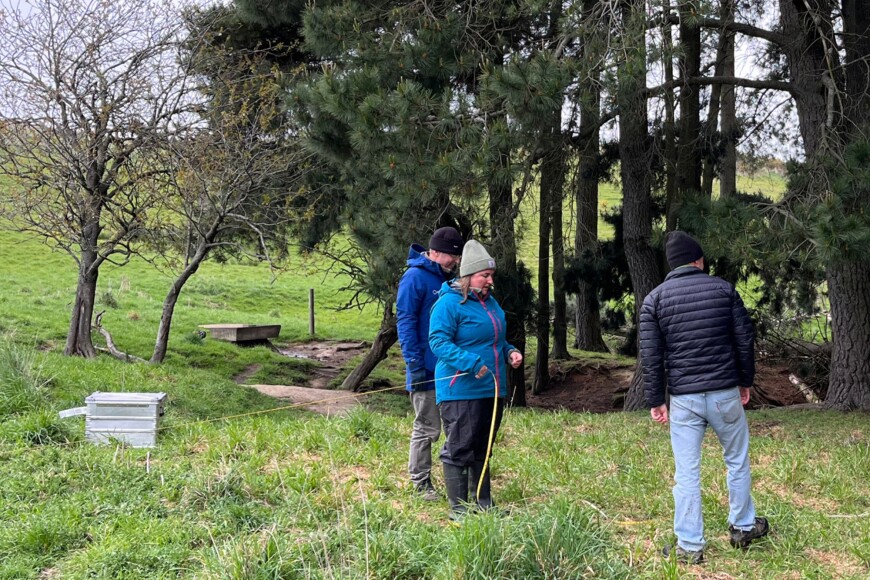
Small tree patches such as this one in Canterbury could have significant carbon market value.
The research highlights the critical role these small patches, each less than one hectare in size, play in carbon storage and sequestration, biodiversity support, and climate adaptation.
Led by Manaaki Whenua Senior Researcher Dr Dan Richards, the study used high-resolution satellite data to map over 1.6 million small tree patches.
These patches collectively cover up to 188,000 hectares of AoNZ’s grasslands. The researchers estimated the aboveground carbon stock stored in these patches to be between 11.6 and 29.3 million metric tonnes, with annual sequestration of up to 0.8 million tonnes of carbon.
Small tree patches sequester carbon equivalent to 2.9–7.8% of AoNZ’s agricultural emissions.
The market value of carbon sequestered by these patches could reach NZ$237.6 million annually, underscoring their economic potential.
Despite their contributions, current policies exclude small tree patches from regulatory carbon markets like the Emissions Trading Scheme (ETS). Researchers agree that the next step would be to age the patches to determine the “additionality” required by carbon markets.
“Small tree patches are often overlooked, yet they provide vital functions and cultural benefits, particularly within the Māori worldview of kaitiakitanga” says Dr Nikki Harcourt, who was involved in the study.
“Including these patches of trees in climate policies could significantly enhance carbon sequestration efforts while supporting biodiversity and cultural heritage.” says Dr Richards.
The study calls for policy adjustments to protect and incentivise the establishment of small tree patches. These include revising afforestation incentives and integrating these patches into emissions reduction frameworks.
“By doing so, New Zealand can align its environmental and economic goals with indigenous values and global climate targets.”
This research highlights the importance of rethinking grassland management and leveraging the potential of small- scale natural solutions to combat climate change.
